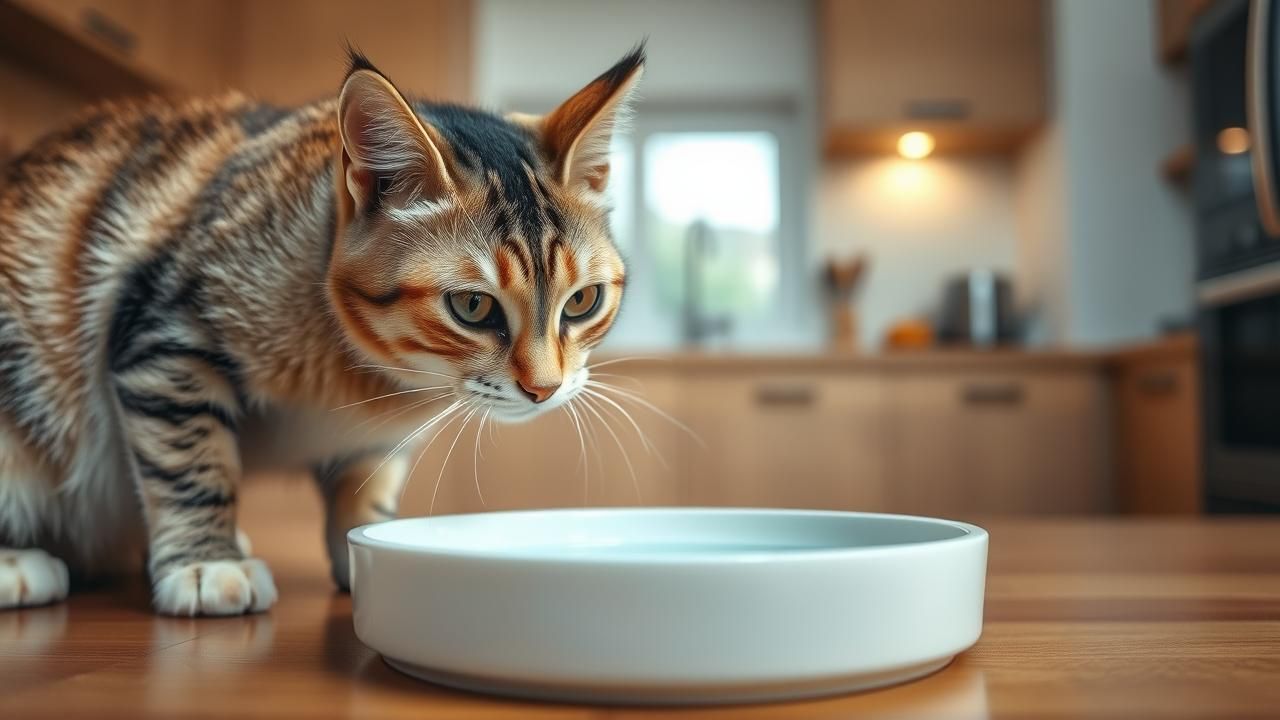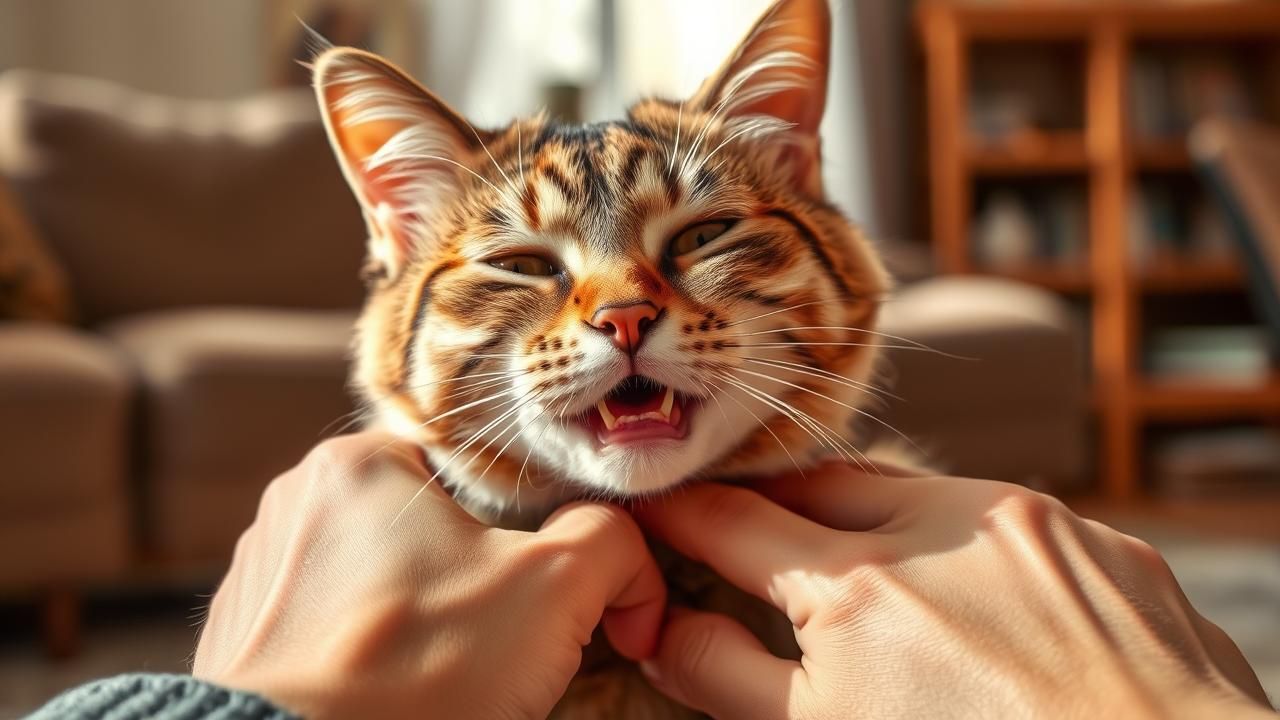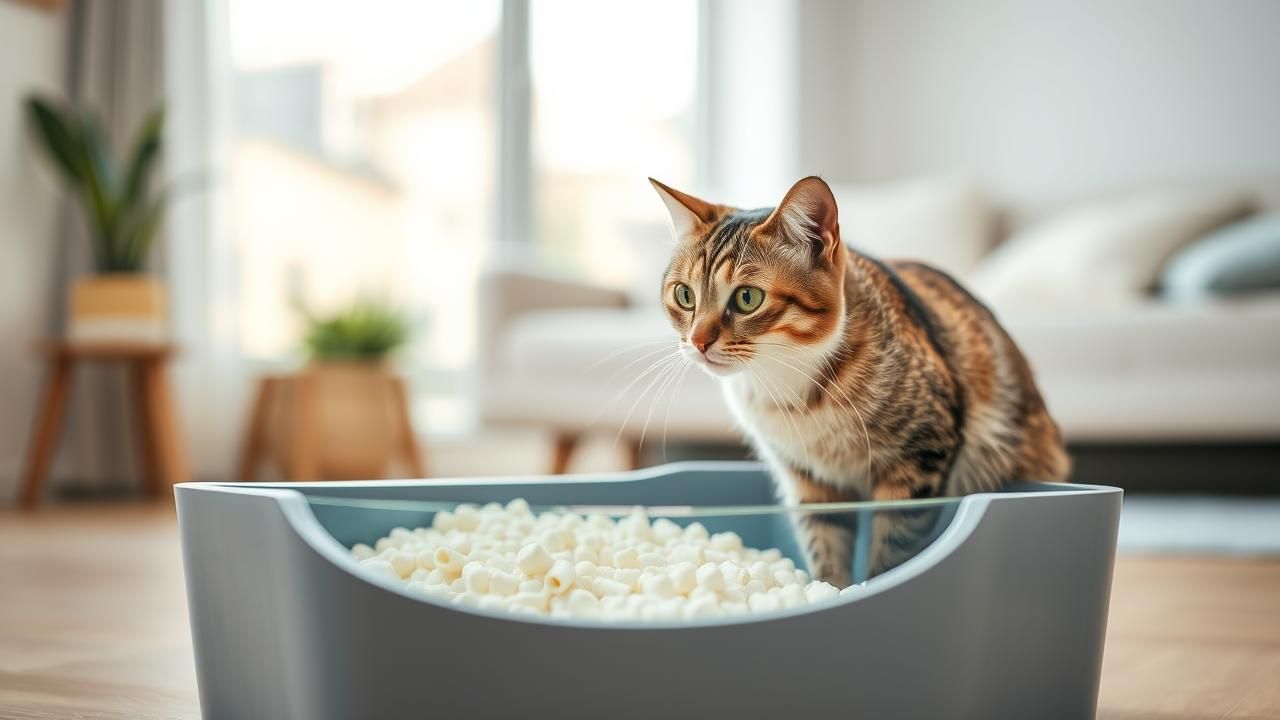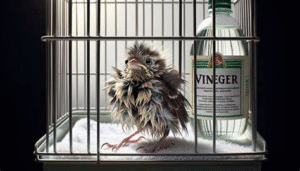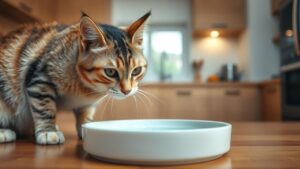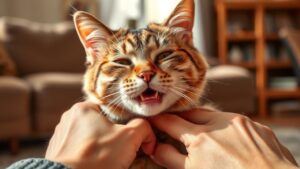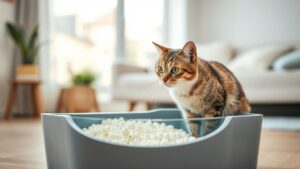Purple Bird Droppings: Unpacking Risks and Insurance Implications
🧪 Introduction: Unpacking the Mystery of Purple Bird Droppings
Discovering splatters of vibrant purple bird droppings on your property can be both startling and perplexing. Unlike typical white bird waste, these unusual markings often indicate something distinctive about local bird behavior—and they pose unique risks that demand attention from both property owners and insurance professionals. Purple droppings primarily occur when birds consume pigment-rich berries like pokeberries, elderberries, or mulberries, which temporarily dyes their waste, as identified by Penn State Extension.
While fascinating biologically, this phenomenon isn’t just a curiosity: it signals potential accelerated property damage due to heightened acidity and staining compounds in the waste. Insurance claims involving colored bird droppings require specialized evaluation, since standard policies may handle these cases differently than typical avian damage, according to coverage principles from the Insurance Information Institute. Understanding the origins, risks, and coverage nuances of purple bird waste is essential for effective property protection and claims navigation.
🔬 The Science Behind Purple Bird Droppings
Bird droppings typically appear white and black due to uric acid and fecal matter, but purple droppings signal specific dietary influences. This unusual coloration stems from birds consuming pigment-rich berries containing anthocyanins – water-soluble flavonoids that resist complete digestion. When birds eat berries like mulberries, elderberries, or pokeberries, these compounds pass through their digestive tract largely intact, binding with uric acid to create vivid purple waste.
Key Biological Factors
- Anthocyanin Retention: Birds lack the enzymes to break down anthocyanins (Journal of Biological Chemistry). These pigments mix with uric acid during excretion, creating a pH-dependent color shift toward purple.
- Digestive Efficiency: Birds’ rapid digestion (often under 30 minutes) limits nutrient absorption from berries, allowing pigments to concentrate in waste (The Condor: Ornithological Applications).
- Species-Specific Diets: Robins, starlings, and cedar waxwings frequently cause purple droppings during berry-heavy seasons (Audubon Society).
Chemistry Simplified
- Normal Droppings: Uric acid (white) + bilirubin (brown/black)
- Purple Droppings: Uric acid + anthocyanins → purple hue (intensified in alkaline conditions)
- UV Sensitivity: Anthocyanins degrade in sunlight, often fading purple stains to brown within 48 hours (Journal of Agricultural and Food Chemistry)
While biologically harmless to birds, anthocyanins increase droppings’ acidity. Combined with uric acid, this creates a corrosive compound that accelerates material degradation.
⚠️ Property Damage Risks of Colored Bird Waste
Bird droppings are universally problematic, but purple-hued excrement poses unique threats to property due to its chemical composition. When birds consume dark berries like mulberries, pokeberries, or elderberries, their droppings absorb acidic compounds and natural pigments that accelerate material degradation far beyond standard white bird waste, with research from the US Forest Service confirming berry-based droppings exhibit 2-3× higher acidity than seed-based diets.
How Purple Droppings Damage Surfaces
The primary destructive mechanisms include:
- Acid Corrosion: Berry acids (malic, citric, tannic) react with surfaces at a pH of 3-4, etching materials over time
- Pigment Staining: Anthocyanin dyes penetrate porous materials, causing permanent discoloration
- Moisture Retention: Thick consistency traps moisture against surfaces, prolonging chemical exposure
| Surface Type | Regular Dropping Damage | Purple Dropping Damage |
|---|---|---|
| Auto Paint | Surface etching | Permanent stains + clear coat degradation |
| Metal Roofs | Cosmetic spotting | Pitting corrosion + protective coating failure |
| Concrete | Slight discoloration | Deep pigment penetration + surface spalling |
| Vinyl Siding | Washable residue | Permanent purple staining + plasticizer breakdown |
High-Risk Property Zones
- Roofing Systems: Acid runoff corrodes metal fasteners and degrades asphalt shingles
- HVAC Units: Fan blades and condenser coils experience accelerated pitting corrosion
- Outdoor Lighting: Lens clouding and fixture corrosion from prolonged exposure
- Historical Monuments: Irreversible staining on porous stone and bronze surfaces, as documented by the National Park Service
Critical Exposure Timeline
Damage severity escalates rapidly:
- 24-48 hours: Pigment absorption into porous materials begins
- 72+ hours: Acidic corrosion initiates material breakdown
- 1 week: Permanent structural damage likely on vulnerable surfaces
The ASTM International corrosion standards show metal mass loss from berry acids occurs 47% faster than standard uric acid exposure. Proactive cleaning within 24 hours is essential to prevent irreversible damage.
📄 Insurance Coverage for Bird Dropping Damage
Homeowners Insurance Coverage
Most standard homeowners insurance policies cover sudden, accidental damage to structures like roofs or siding caused by bird droppings if the damage is unexpected and not due to negligence. For example, an overnight accumulation causing permanent staining or corrosive damage to roofing materials may qualify under “other perils” coverage. However, insurers typically exclude gradual damage (e.g., slow buildup over months) or damage deemed preventable through routine maintenance.
Commercial Policy Nuances
Commercial property insurance often follows similar principles but may offer broader options. Business owners can frequently add endorsements for “mysterious discharge” coverage, which explicitly includes damage from bird-related substances. Always verify whether your policy classifies organic matter like bird waste as a “pollutant,” as many exclude pollution-related claims without specific riders.
Common Exclusions
- Gradual Damage: Insurers rarely cover deterioration occurring over time (Insurance Information Institute)
- Preventable Neglect: Failure to clean droppings promptly may void claims (NAIC)
- Cosmetic Damage: Surface stains without structural harm are typically excluded
Claim Documentation Requirements
- Immediate Photos/Videos: Capture timestamped evidence before cleanup
- Professional Damage Assessment: Hire a contractor to document material corrosion or etching
- Maintenance Records: Prove regular property upkeep to counter negligence accusations
Supplemental Coverage Solutions
- Specific Perils Riders: Add bird-damage clauses to policies for ~$50-$150/year
- Comprehensive Auto Coverage: Covers purple dropping damage on vehicles (unlike liability-only policies)
🛡️ Prevention Strategies and Safe Removal Techniques
Deterrence Tactics for Berry-Eating Birds
- Physical Barriers: Install bird netting or spikes on ledges (U.S. Fish & Wildlife Service)
- Habitat Modification: Replace berry-producing shrubs (e.g., mulberries) with non-fruiting alternatives
- Visual/Sonic Repellents: Use reflective tape or ultrasonic devices near vulnerable surfaces
Surface Protection Methods
| Material | Protection Strategy |
|---|---|
| Vehicles | Apply ceramic coatings or use UV-resistant car covers |
| Roofs/Siding | Use anti-perching gels or install slope-modified sheathing |
| Outdoor Furniture | Opt for stain-resistant materials like resin wicker |
Professional Cleaning Protocols
Certified biohazard cleaners use:
- Citrus-Based Solvents: Break down pigments without damaging surfaces
- Low-Pressure Steam Cleaning: Prevents material erosion
- Enzyme Neutralizers: Eliminate corrosive uric acid (EPA)
Safe DIY Removal
- Do: Use vinegar/water solutions (1:3 ratio) and soft microfiber cloths. Test cleaners on inconspicuous areas first.
- Don’t: Never pressure-wash roof shingles or painted surfaces—this accelerates deterioration. Avoid bleach, which reacts with uric acid to worsen stains.
Critical Timing: Remove droppings within 48 hours to prevent permanent etching, especially on porous surfaces like limestone or vehicle paint (Consumer Reports).
📚 Resources
- ASTM International
- Audubon Society
- Consumer Reports
- EPA
- Insurance Information Institute
- Insurance Information Institute
- Journal of Agricultural and Food Chemistry
- Journal of Biological Chemistry
- NAIC
- National Park Service
- Penn State Extension
- The Condor: Ornithological Applications
- U.S. Fish & Wildlife Service
- US Forest Service



